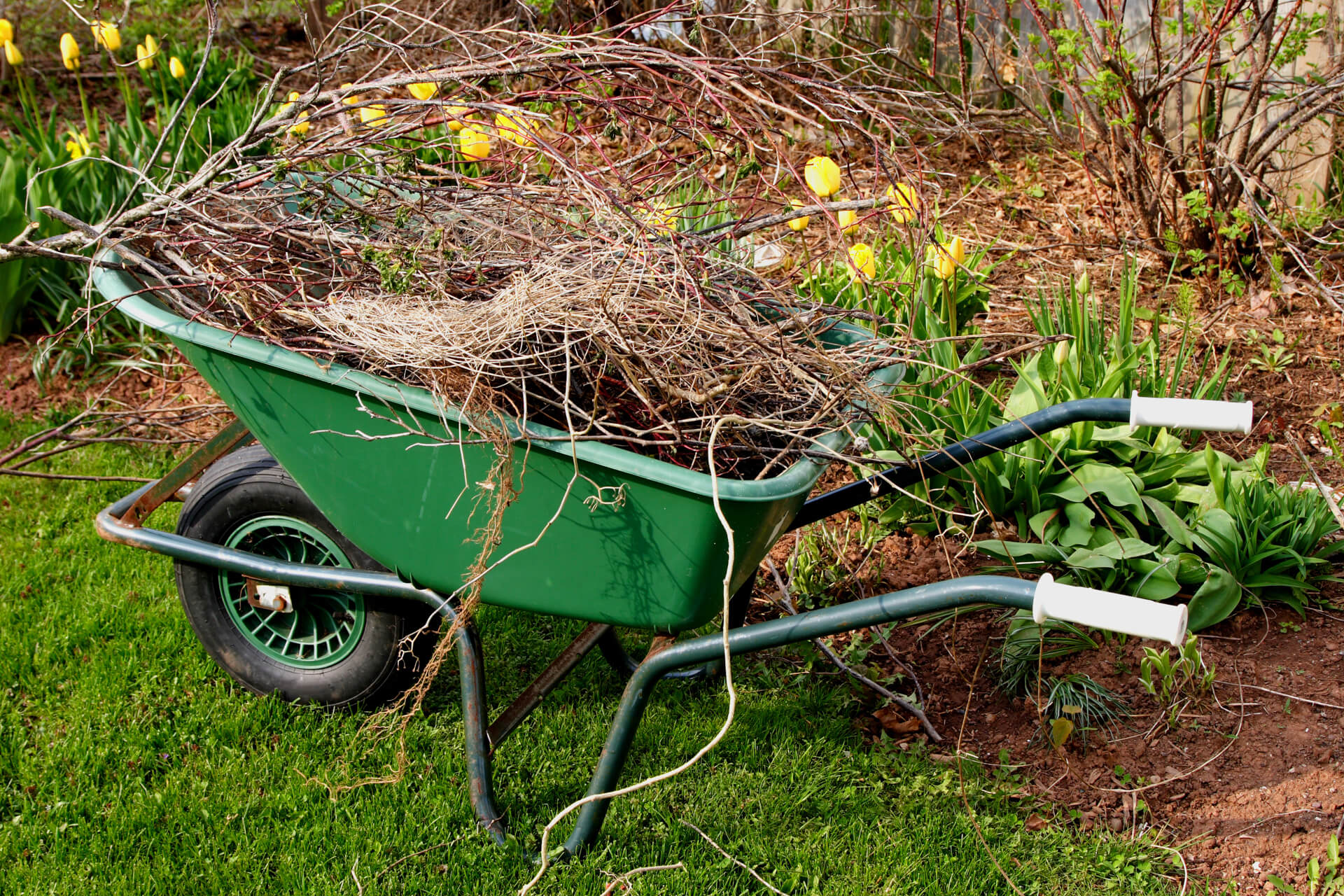
Due to freezing temperatures, frost, and possible snowstorms, winter poses many challenges for any gardener. Plants and gardens are very vulnerable in the winter to death and disease. To protect your garden from winter hazards, you have to winterize your garden.
The main reason to winterize your garden is to protect your plants and soil from the harsh winter elements and help them survive the cold season, and so you can have a healthy and productive garden in the spring. Garden winterization is done just before freezing temperatures set in, usually in the months of September and October, so now is the perfect time to start!
Our Rapid City Greenhouse will give you some tips on procedures so you can get started:

Rake leaves off of the garden area. Doing so prevents diseases among plants and allows proper air and water circulation. Leaves may be used in the compost, with proper moisture and aeration. However, if the leaves are from diseased plants, do not put them in the compost, as it will contaminate the entire area.
Clean up your plants. Remove the dead and damaged parts, and then add the trimmings to the compost pile. If there are large stems and leaves, be sure to cut them into smaller pieces to accelerate the decomposition process. If they are cut from diseased plants, do not add them to avoid contaminating the compost.
Cover plants with mulch. This layer will absorb warmth from the sun and protect the soil underneath. Use thin layers of mulch, as thick and compact mulch may work against your plants, causing roots to rot or decay. Use sawdust, pine needles, straw, or shredded leaves as mulch, and apply them around the roots and over the beds.
Eliminate the weeds. Weeds grow quickly during the fall, so get rid of them as soon as you spot their presence. Even if the weeds die in the winter, if they have gone to seed you will have a weed infested garden in waiting. Weeds have the tendency to multiply uncontrollably and create a lot of labor in the spring season.
Move fragile plants indoors. All plants that cannot survive winter weather should be moved inside. Place them in a cool and dry place with a little bit of sunshine; do not forget to water them regularly. Remember that water will evaporate more slowly inside, so be careful not to over water. When spring draws near, move the plants into an area with more sunlight.
Plant hardy, spring-blooming bulbs in the late fall. Do this while the soil is soft enough to accommodate bulbs, before the ground freezes. A good indicator for time to plant is the grass turning brown. It is recommended to plant them two to three inches underground. The more fragile bulbs, on the other hand, should be kept indoors, particularly in a cool and dry room, as they do not tolerate the winter cold.
Do not fertilize. Fertilizing encourages new growth that will be too immature to survive frosts and cold temperatures. If you need to fertilize, do this early in the fall. All fertilization should be ceased by the middle of fall and resume only in the spring.
Compost. The fall is an excellent time to collect what may be viewed as yard waste and turn it into essential nutrients for next year's garden. Leaves, grass clippings, pumpkin rinds, coffee grounds and the remains of old healthy garden plants will save you time and money next year. Read our previous blog posts to learn more about composting!
